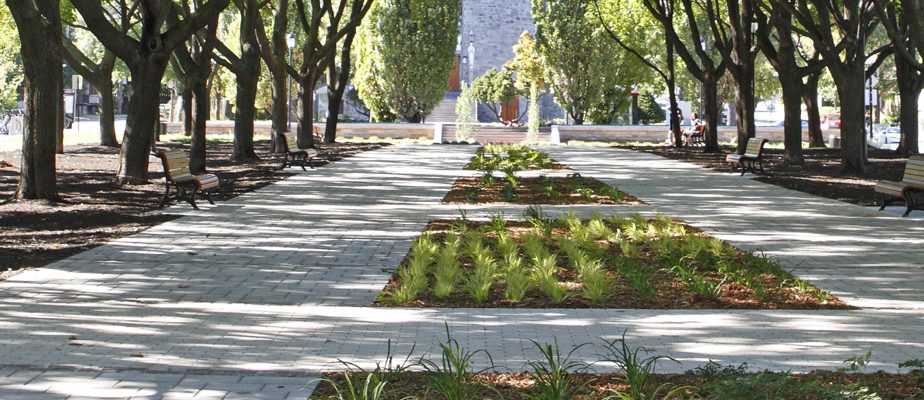Investing as a priority where the needs are most acute: this is the commitment made by the Montreal administration, thanks to a new tool making it possible to assess the state of disadvantage in the metropolis’s neighborhoods, to restore “equity” on the territory.
“For several years, there are neighborhoods that have not had, for all kinds of historical reasons, the love and attention they should have received, which has left deep marks on the territory,” underlined the president of the executive committee, Dominique Ollivier, on Friday, during a press conference organized to explain the new approach that the City intends to adopt to make its decisions.
Inequalities between neighborhoods are observed in several areas, whether heat islands, lack of green spaces, restricted access to public transportation or lack of sports and leisure infrastructure, mentioned M.me Oliver.
“But our ambition is to offer the same quality of life and the same services to all Montrealers, regardless of their neighborhood,” she assured.
This is what the “Inclusive and Resilient Neighborhoods (QIR)” approach should allow, the administration hopes.
The living environment equity index developed by the City measures economic, social and environmental vulnerabilities, in addition to evaluating urban security, local resources and access to cultural, sporting and leisure activities.
An interactive map was notably created to identify the most vulnerable neighborhoods.
“Concretely, this could lead to the creation of a public square, the development of a park or a play area, the securing of an intersection, a greening project, the improvement of urban security or food security, or even the prevention of discrimination,” explains Mme Oliver.
To begin with, this approach will be adopted in three neighborhoods as part of a pilot project: the northeast of Montréal-Nord, the Sainte-Marie district, in Ville-Marie, and the Saint-Pierre district in Lachine, sectors identified as being less conducive to a good quality of life.
In each of these neighborhoods, local community organizations will be consulted, assures the City, which wants to implement a “bottom-up” approach.
“We are going to involve civil society in the development of new living environments to avoid the gentrification of these transforming neighborhoods and the forced displacement of vulnerable populations,” it says.
“If we want to make health gains, we must work on targeted measures to reduce gaps and inequalities,” underlines Montreal’s director of public health, Mylène Drouin, who welcomes the City’s initiative.
